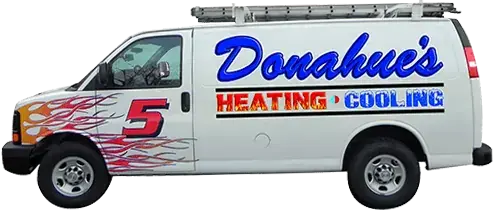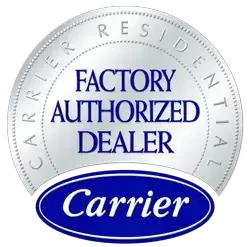Technical Specifications and System Components
The heart of any VRF system consists of several key components working in perfect harmony. The outdoor unit houses variable-speed compressors, typically scroll or rotary types, capable of modulating their output from 10% to 100% capacity. These compressors use inverter technology to precisely control motor speed, dramatically reducing energy consumption compared to fixed-speed alternatives. The refrigerant distribution system employs sophisticated branch controllers and electronic expansion valves that meter exact amounts of refrigerant to each indoor unit.
Indoor units come in various configurations including wall-mounted, ceiling cassette, ducted, and floor-standing models, with capacities ranging from 0.5 to 12 tons per unit. Modern VRF systems can support up to 64 indoor units from a single outdoor unit, with piping runs extending up to 1,000 feet and vertical rises reaching 164 feet. Heat recovery VRF systems add another layer of efficiency by capturing waste heat from cooling operations and redirecting it to areas requiring heating. Since 1962, we’ve evolved with these technologies, and our comfort consultants now design VRF systems that precisely match each customer’s unique requirements, whether for a small office building or a large industrial facility.
Energy Efficiency and Cost Savings Analysis
VRF systems typically achieve efficiency ratings between 15 and 42 SEER (Seasonal Energy Efficiency Ratio), significantly exceeding traditional commercial HVAC systems that average 11-14 SEER. This exceptional efficiency translates to energy savings of 25-50% compared to conventional systems. The variable-speed operation means the system only produces the exact amount of heating or cooling needed at any given moment, eliminating the energy waste associated with cycling on and off.
Our analysis of installations across Greensburg, Latrobe, and Irwin, PA shows that commercial buildings switching to VRF systems often see payback periods of 3-5 years through reduced utility costs alone. Additional savings come from reduced maintenance requirements, as VRF systems have fewer moving parts and experience less wear due to their variable-speed operation. The modular nature of these systems also means that if one indoor unit requires service, the rest of the system continues operating normally, minimizing business disruption.
Installation Process and Design Considerations
Installing a VRF system requires meticulous planning and expertise that our team has refined through decades of experience. The process begins with a comprehensive load calculation for each zone, accounting for factors like:
- Building orientation and sun exposure patterns
- Occupancy schedules and internal heat gains
- Insulation levels and air infiltration rates
- Required ventilation rates per ASHRAE standards
- Future expansion possibilities
The refrigerant piping network design proves critical to system performance. We carefully calculate pipe sizes to maintain proper refrigerant velocities and oil return, while minimizing pressure drops that could reduce efficiency. Branch selector boxes must be strategically located to serve multiple indoor units while maintaining accessibility for service. Integration with building automation systems allows for centralized control and monitoring, enabling facility managers to optimize comfort while minimizing energy consumption.
Maintenance Requirements and Long-Term Performance
VRF systems require specialized maintenance procedures that differ significantly from traditional HVAC equipment. Regular maintenance includes cleaning filters monthly, checking refrigerant charge levels, inspecting electrical connections, and verifying proper operation of all electronic expansion valves. Our 24/7 emergency service ensures that any issues are addressed promptly, maintaining the comfort and productivity of your facility.
Advanced diagnostics built into VRF systems allow our technicians to quickly identify and resolve issues. Most manufacturers provide sophisticated software that monitors system performance, tracks operating hours, and predicts maintenance needs. This predictive maintenance approach helps prevent unexpected failures and extends equipment life well beyond the typical 15-20 year expectancy. As a company that services everything from room air conditioners to 200-ton industrial chillers, we bring comprehensive expertise to every VRF maintenance call. Contact us today.



